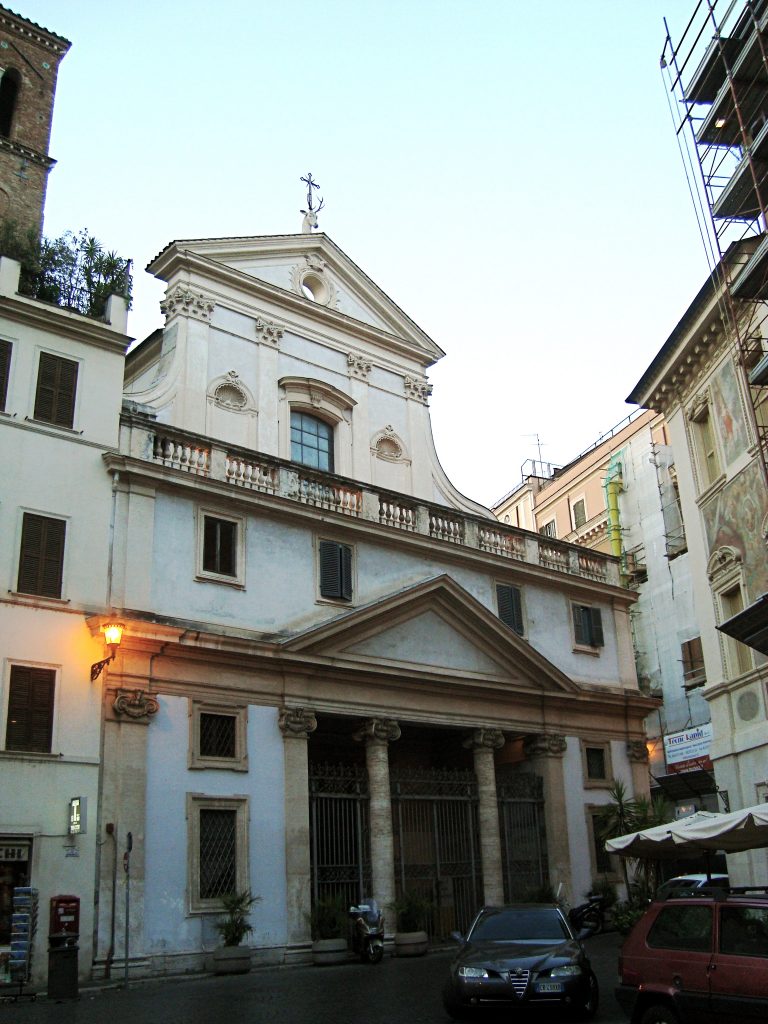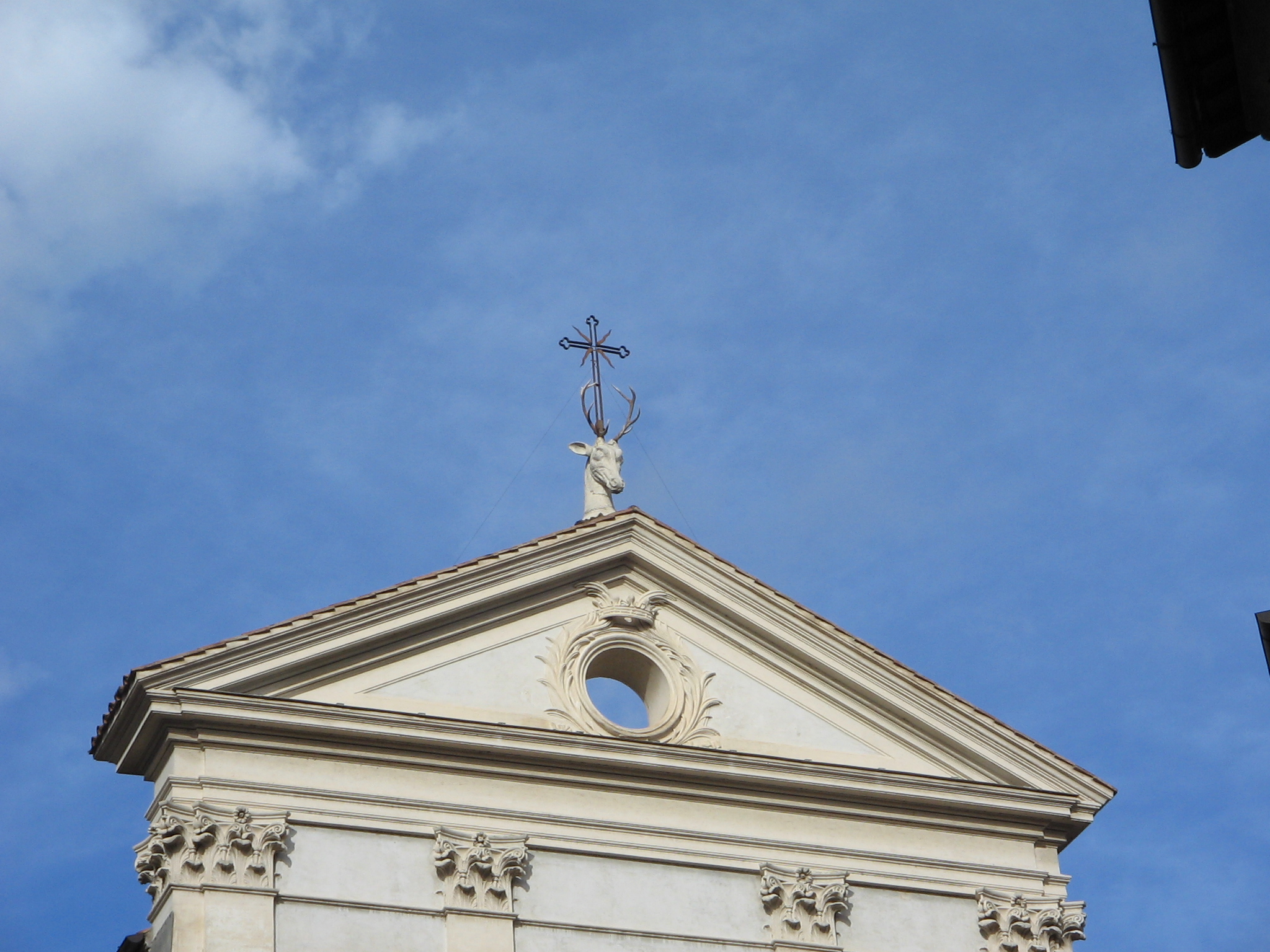The cities of Italy are full of myths and legends. If you look at ancient metropolises like Rome, then, the number of stories handed down over the centuries grows exponentially. Near the Pantheon you can locate via di Sant'Eustachio, whose triangular shape gives the idea of a widening. This prompted the Romans to refer to this small area as a small square.
This is not the full unofficial name though. In Rome, everyone refers to this little slice of the city as an alchemical square. The second part of the nickname derives from an ancient popular belief. It is said that this was the home of a very skilled alchemist magician, famous for his great deeds.
The myth of the alchemical square
Who was the alchemist magician who is presumed to have lived in a house in via di Sant'Eustachio, or the alchemical square? Myth has it that his name was Francesco Giustiniani Bono. A fake name, alter ego of Giuseppe Francesco Borri, a well-known and famous alchemist who lived in the seventeenth century. A figure disliked to say the least by the Catholic Church, considering the large number of pseudo-scientific enterprises.

A well-known figure, whose name is well linked to a long series of occult activities. Just think of the alchemical door of villa Palombara, reported in a report by Francesco Girolamo Cancellieri. He cited a disturbing figure, an alchemist who was a guest of the villa. The myth wants it to be Borri himself. To date, the alchemical square is also known for the alleged apparitions of the dark figure, who would still roam the area, carrying out his own experiments.
The legend of Sant'Eustachio
On top of the facade of the church of Sant'Eustachio there is the symbol of the saint. It is the head of a deer, among whose horns a cross can be distinguished. This is the vision that had a Roman soldier, whose name was Placido.
Legend has it that he was a simple soldier or a general of the Roman army. There are no historical sources to support the myth. During a hunt he managed to hit a deer with an arrow. A chase ensued between man and animal. Once he reached the fleeing animal, Placido was able to take a good look at its majestic horns, noting a cross in their center. A mystical vision and, according to the legend, the soldier heard a voice in his mind: “Placido, why are you persecuting me? I am the Christ that you honor without knowing it ”.

An event that prompted the soldier to convert to Christianity, taking the baptismal name of Eustachio, deserting the Roman army. The Emperor Hadrian had him captured, leading him to the circus to be mauled by the beasts. These, however, proved meek before man. Hadrian therefore had the man with his wife and children locked up in a large bronze bull, giving the order to reheat him with glowing embers under the belly. A martyrdom that is reported in the large painting by Francesco Ferdinandi, kept inside the Roman church.





